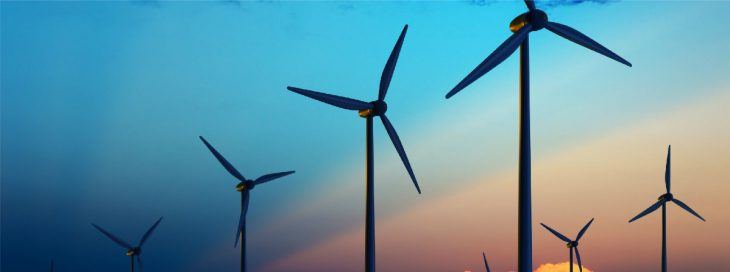Investment into repowering wind farms could reach $25 billion by 2030
by November 8, 2017 11:07 am 238 views

Replacing older wind turbines with newer ones, or repowering, has become more common in the United States, and federal incentives that have been extended through 2019 are expected to encourage turbine owners to replace old turbines, according to the U.S. Energy Information Administration.
About 12% of U.S. wind turbines were installed before 2000, but they only account for about 2% of total wind electricity generating capacity. Newer turbines are typically larger and installed at greater heights, allowing them to produce more electricity per turbine.
Turbine owners can qualify for another 10-years of federal production tax credits if “at least 80% of the property’s value is new,” according to the EIA. “This provision allows many owners to repower existing turbines without completely replacing them.” Most of the turbines that have been replaced are in California and had been installed at high-wind sites before 1990. Turbine owners who choose to partially replace turbines can “increase hub heights and rotor diameters to produce more energy.”
Most wind turbines are designed to last between 20 and 25 years, but the amount of electricity turbines can generate declines with age as mechanical parts degrade, according to the U.S. Department of Energy’s Wind Technologies Market Report. The output of wind turbines falls 1.6% annually, according to the United Kingdom’s Engineering and Physical Sciences Research Council.
Newer turbines rotate at 10 to 20 revolutions per minute, compared to older, smaller turbines, which rotate between 40 and 60 revolutions per minute, according to the EIA. Slower wind turbine rotations decrease the bird mortality rate and shadow flicker. Replacing turbines is less expensive than building new ones, but some of the challenges include the risk of failure when reusing components such as towers and foundations designed for smaller turbines.
“Repowering wind turbines can increase the fleet output by 25% and can add 20 years to turbine life from the time of the repower,” according to General Electric, the largest wind turbine installer in the United States. The company has replaced more than 300 wind turbines, and GE is expected to replace as many as 706 older turbines at Iowa wind farms of MidAmerican Energy. When replaced, each turbine should produce between 19% and 28% more electricity.
By 2030, the investment into replacing wind turbines could rise to as much as $25 billion in the United States, according to the National Renewable Energy Laboratory. Several wind farms in California, Illinois and Texas are expected to replace their turbines between 2018 and 2022.
